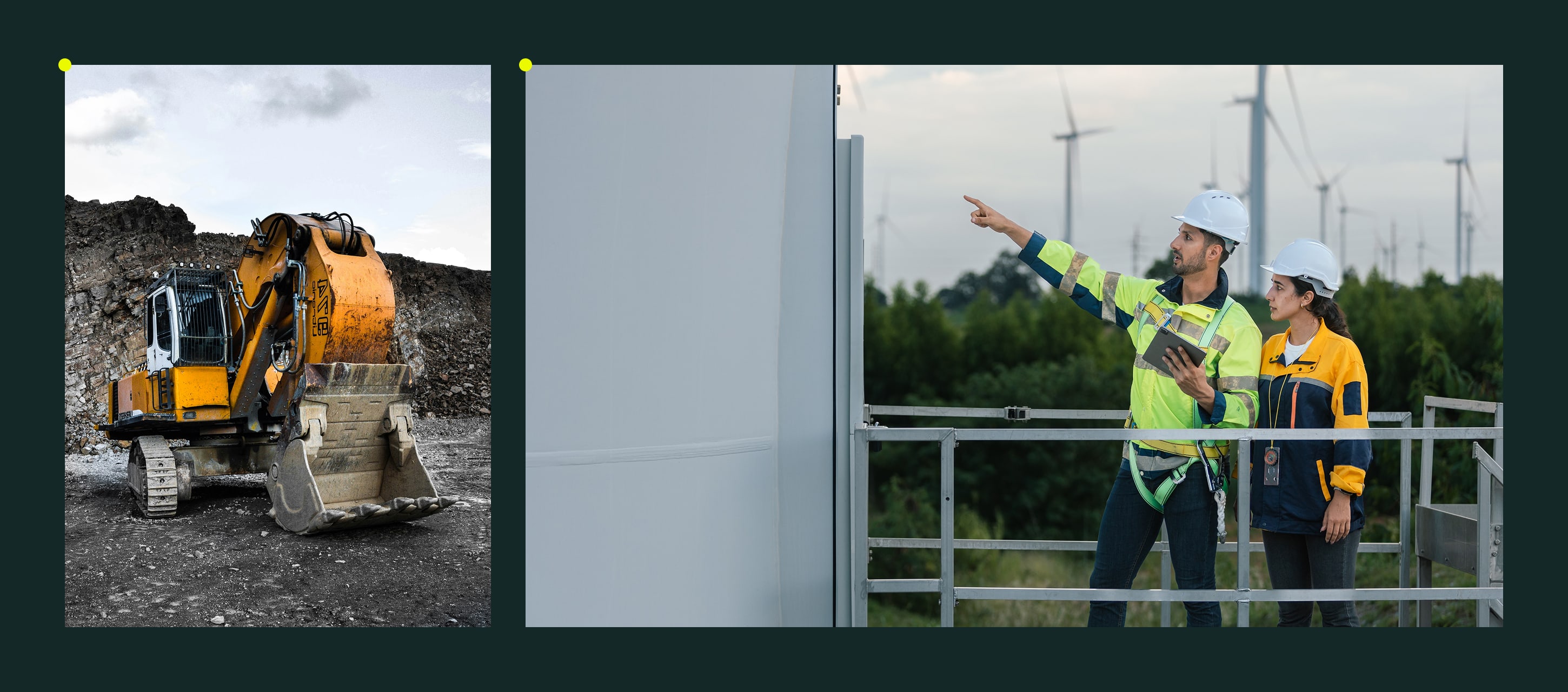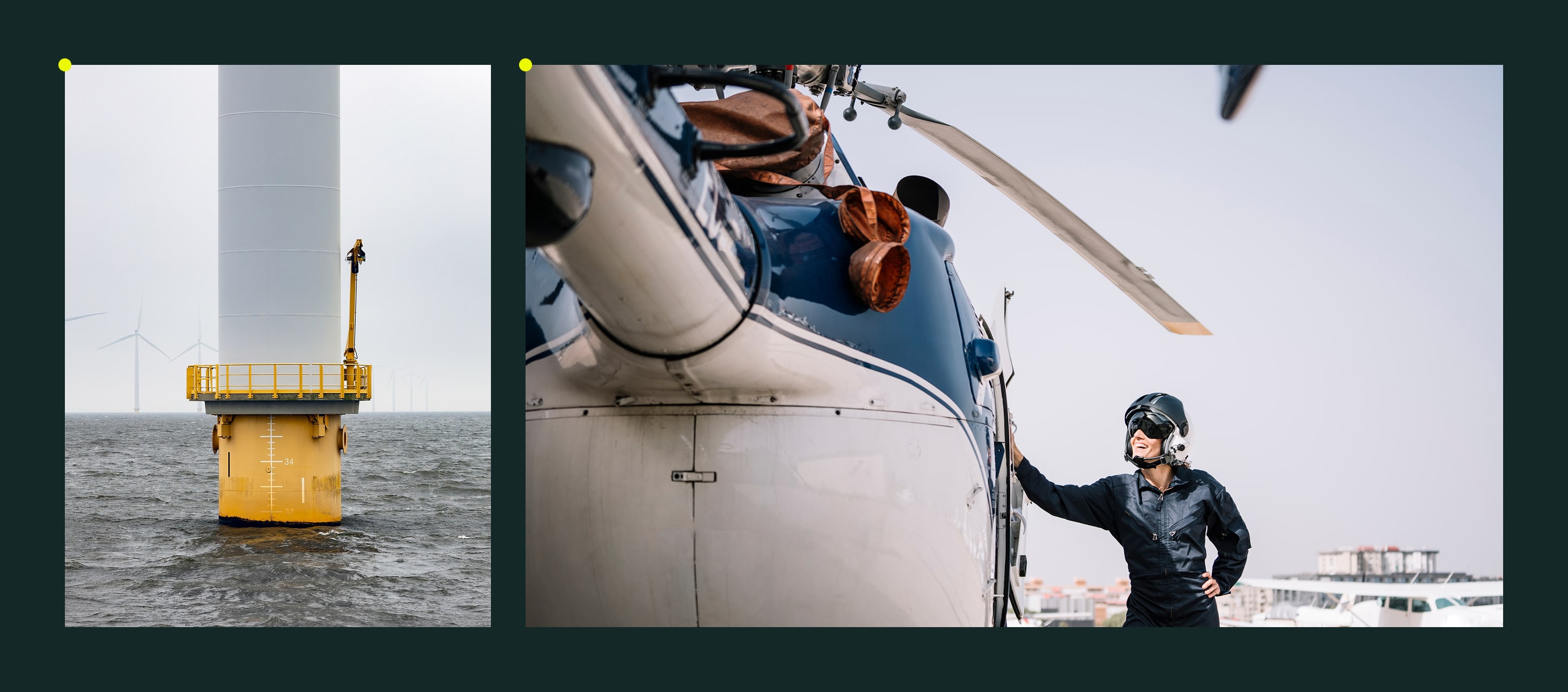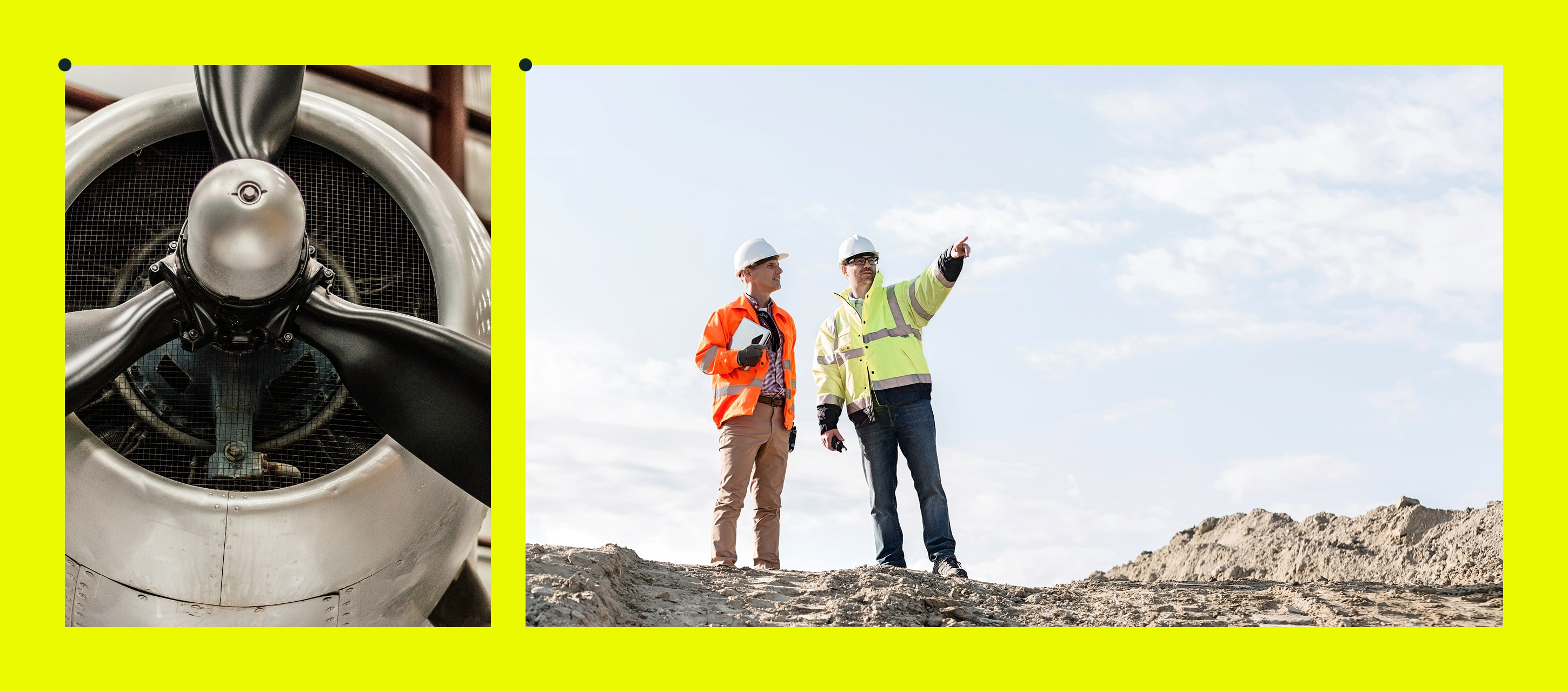You can dial up your equipment supplier, hit reorder, and consider your safety budget sorted. But that’s not your best move.
Because in 2025, if you want to keep your people safe, it’ll take a lot more than the right gear.
Field industries are investing smarter and getting ahead of accidents before they lead to injuries, downtime, and lawsuits. More and more companies have figured out that real safety ROI isn’t what you spend, it’s what you save.
Here’s where the brightest ones are putting their safety dollars this year.
Contents:
1. Digital Safety Tools Are Taking the Lead
The Occupational Health and Safety Administration (OSHA) dropped a new rule in 2024: companies with 100+ employees in high-risk industries have to start submitting injury and illness data online. Some saw it coming and prepared well in advance. Others, not so much.
Now, a year on, companies are taking the time to fix the gaps. Because logging data online isn’t enough: it needs to be organized, accessible, and useful.
Where is the money going?
- Building better safety systems. Companies are spending money on safety management systems that connect smoothly with their other tools, making data easy to find and track. Dyna Crane took this step early, giving their teams access to the right information whenever they need it.
- Using data to prevent accidents. AI systems and predictive analytics scan past accidents and near misses to find patterns that your humans might otherwise miss. In high-stakes industries, prevention is more than necessary.
Why they should be part of your budget:
- Save yourself time and money. Dyna Crane has saved over 3,000 hours and $300,000 a year by building a digitized and automated safety management system with Fluix. The right system will do that for you too.
- It catches risks early. Analyzing safety data lets your team catch problems while they’re still small and manageable. The goal is to be proactive instead of reactive.
- Make it easier for auditors. In industries where internal and external audits are frequent, keeping all your documents in one safe, accessible place seems like a no-brainer.
2. Smart PPE & Wearable Tech
Hollywood made us think smart PPE and wearables were for astronauts dodging asteroids and superheroes saving cities. But the people who actually need this tech aren’t flying through space or fighting villains.
They’re out on job sites, climbing turbines, sweating through 12-hour shifts, and working with machines that kill.
Smart PPE and wearables aren’t futuristic anymore, but they’re still next-level safety. These devices monitor, sense, and react in real-time to catch risks before they kill, injure, or maim. And it’s why companies of all sizes are investing in them.
Where is the money going?
- Gear that watches your back. Smart helmets, vests, and wristbands track vitals and environmental hazards in real time. If a worker’s heart rate spikes or toxic gas levels rise, the system sounds the alarm before it’s too late.
- Tech that knows where you are. RFID-tagged helmets and GPS badges can pinpoint worker locations instantly. This is huge for offshore rigs, massive construction sites, or any place where finding someone quickly isn’t easy. Honeywell’s Safety Watch system has already cut emergency response times from hours to minutes.
- Wearables that fight fatigue and injury. Exoskeleton vests and suits help workers lift heavy objects or perform repetitive movements. That’s why they’re a big hit in industries like construction and aviation, where you see a lot of both.
Why they should be part of your budget:
- They’re proven to reduce injuries. Studies show that smart PPE can cut workplace accidents by 40% and improve safety compliance by 30%.
- You can lower your insurance costs. Companies with smart safety monitoring systems can negotiate better rates with insurers.
- Valuable safety data is at your fingertips. Wearables provide real-time data on worker health, site conditions, and risk patterns. This information is very much needed to improve your safety strategies.
3. VR & AI-Powered Safety Training
Every single person reading this has sat through at least one mind-numbing PowerPoint training or clicked through an endless slideshow of safety rules. And none of us actually learned much from it. We were just counting down the minutes until it was over.
And that’s a problem we don’t want our workers to face. Because in field industries, zoning out during a safety session can literally mean life or death.
Companies today are forking out money for the best training on the market. In 2025, that’s AI and VR tech that creates real-world training experiences without real-world consequences.
Where is the money going?
- Putting workers in high-risk scenarios without risk. Workers can strap on headsets and step into simulated job sites, aircraft cabins, and wind turbines. Galliford Try, a British construction contractor, used VR simulations to cut high-risk accidents by 50%. Personalized training. AI systems can track what workers get right, where they struggle, and adapt training to focus on the weak spots. For example, if a pilot struggles with emergency landings, they’ll receive a new microtraining specifically on that topic.
- Keeping training fresh. These technologies can make training more interactive and unpredictable by switching up scenarios. A crane operation simulation, for example, might throw in random weather changes or sudden equipment failures to keep trainees on their toes.
Why they should be part of your budget:
- Workers remember what they experience. That’s why VR-training helps people retain information better.
- AI and VR provide instant feedback. These simulations give workers immediate performance insights to help them correct mistakes faster.
- It’s where training is headed. With regulators like EASA and the FAA approving VR-based training devices, more companies are making the switch.
4. Mental Health and Fatigue
Construction workers are four times more likely to die by suicide than the general population. Take a second and read that again.
It’s not just construction, though. Field industries push people to their limits, physically and mentally. If you’re in energy, it could be the weeks spent offshore or on remote solar farms, cut off from family. If you’re in aviation, maybe it’s the nonstop schedules and time zone shifts that wear you down.
That’s why we’re seeing organizations implement all kinds of mental health and fatigue solutions in 2025. Because it’s not too late to make a difference.
Where is the money going?
- Mental health awareness and training. Companies are rolling out toolbox talks, educational videos, and supervisor training to spot distress and break the stigma.
- Upgraded worker conditions. Better communication tools, rest areas, and mental resilience training are becoming the norm for teams in remote or isolated environments.
- Fatigue risk management systems (FRMS). These systems use real-time monitoring, predictive analytics, and operational data to track fatigue risks and make sure employees stay alert on the job. FRMS is huge in the aviation industry, backed by the IATA and the EASA.
If you’re looking for an interesting FRMS case study, Delta Air Lines’ fatigue model has cut fatigue-related incidents by 30%.
Why they should be part of your budget:
- Regulations are making it your business. ISO 45001 and ISO 45003 now require businesses to treat mental health and fatigue as workplace safety risks.
- Reputation is everything. Companies investing in mental health are beating out their competition when it comes to attracting and retaining top performers.
- The ROI is real. Teams that are rested and mentally strong are safer, more focused, and more productive.
Final Thoughts
Field work isn’t getting easier or safer. Regulations are tighter, workers are harder to find and keep, and clients demand proof that you’re managing risks. But here’s the good news: safety technology has finally caught up to the demands of the real world.
Companies putting money into solutions with strong ROI. They’re protecting their people, keeping projects running smoothly, and building the kind of workplaces people actually want to show up for.
Investing in safety tech and in their own people is the new standard. And the companies that don’t see this now will find out the hard way that accidents cost a lot more than just money.




